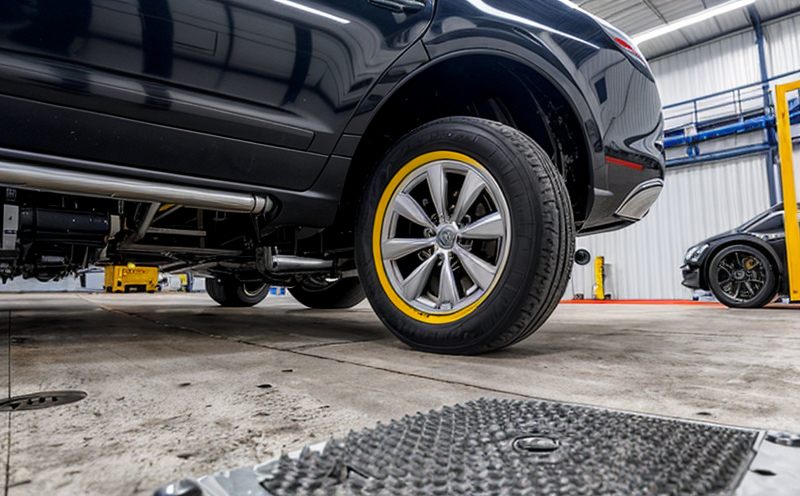ASTM E9 Compression Testing of Aerospace AM Metals
The ASTM E9 standard is a critical tool in ensuring the structural integrity and reliability of metal materials used in aerospace and automotive applications. This method, particularly relevant for additive manufacturing (AM) components, focuses on compressive strength testing to evaluate material properties under uniaxial compression.
In aerospace engineering, where lightweight and robust structures are paramount, ASTM E9 ensures that AM parts meet stringent design specifications. The testing procedure is designed to simulate the real-world loading conditions experienced by these components during assembly and operation. Compliance with this standard helps prevent potential failures in critical structural elements such as fasteners, joints, and other high-stress areas.
Automotive applications benefit similarly from ASTM E9's rigorous testing regime. Here, it is used to assess the performance of AM parts that are subject to cyclic loading due to engine vibrations or vehicle impacts. By adhering to this standard, manufacturers can ensure that their components withstand high-stress environments without compromising on safety.
The ASTM E9 compression test involves subjecting a cylindrical specimen to uniaxial compression until failure occurs. The primary goal is to determine the maximum compressive strength (yield and ultimate strengths) of the material. This information is crucial for selecting appropriate materials in design processes, optimizing manufacturing parameters, and validating component performance.
Specimen preparation plays a critical role in ASTM E9 testing. Specimens must be machined from the same AM batch as the final parts to ensure that they accurately represent the properties of the material. The machining process should replicate as closely as possible the geometry and dimensions of the intended component, enabling accurate comparison between test results and design specifications.
Instrumentation for ASTM E9 testing typically includes high-precision hydraulic or pneumatic compression machines capable of applying controlled loads to the specimen. Load cells are used to measure the applied force accurately, while extensometers may be employed to monitor deformation during the test. Data acquisition systems capture all relevant parameters, including load, displacement, and strain rates.
Acceptance criteria for ASTM E9 tests vary depending on the specific application but generally require that the material must meet or exceed certain compressive strength values specified in the design documents or regulatory requirements. Failure modes are also evaluated to ensure that they align with expected behavior under load.
- Reduction of Risk: Ensures compliance with aerospace and automotive industry standards, reducing the likelihood of component failure.
- Enhanced Safety: By validating material properties through rigorous testing, safety risks associated with structural components are minimized.
- Informed Decision-Making: Provides engineers with reliable data for selecting optimal materials and process parameters in AM processes.
- Quality Assurance: Ensures consistency across production batches, maintaining high-quality standards throughout manufacturing.
- Regulatory Compliance: Helps manufacturers meet regulatory requirements set by aviation authorities like the FAA or automotive industry associations such as SAE International.





